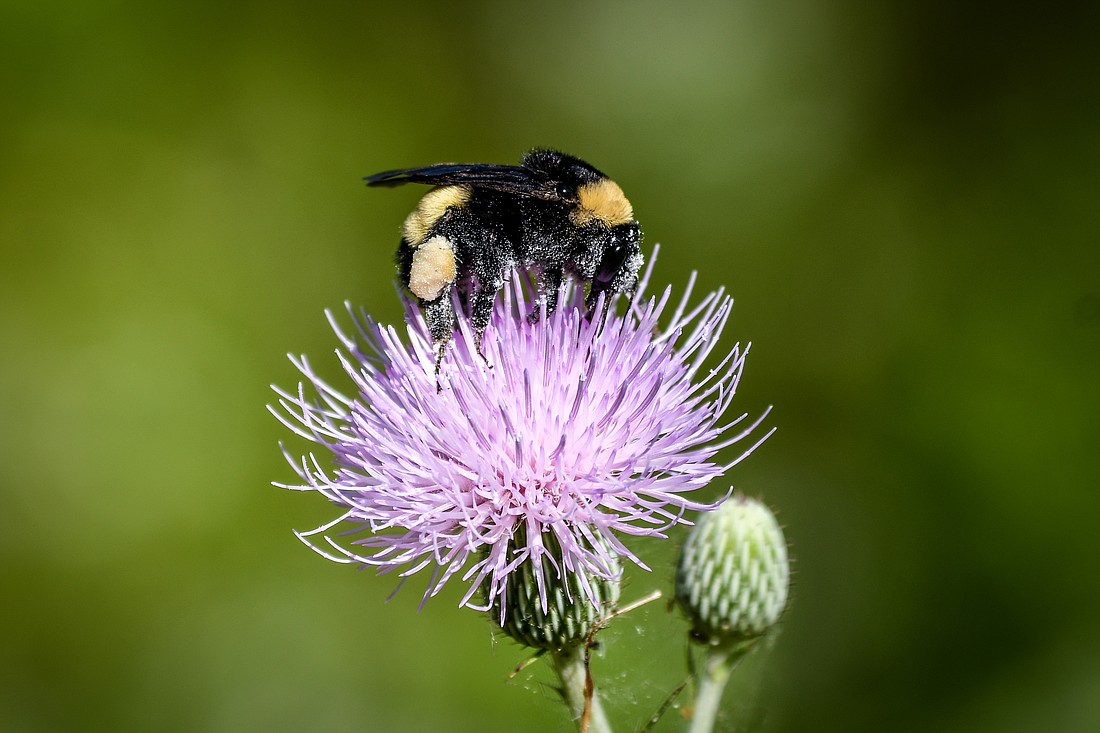- April 27, 2024
-
-
Loading

Loading

In natural communities, cycles of light and darkness direct rhythms of life. Ecosystems depend on such cycles to govern life-sustaining behaviors such as rest, migration, reproduction and foraging.
But in the past century, with the advent and spread of electricity, artificial light at night, as a result of humans’ indoor and outdoor light sources, has become pervasive.
In 2016, 80% of the world was estimated to live under skyglow, a term used to describe brightening of the night sky in areas where people live. And importantly, research shows that the excessive use of artificial light at night, or light pollution, negatively impacts plant and animal species, as well as humans.
Light pollution can directly change ecosystems. For example, it attracts some organisms (like insects and frogs) to places where they shouldn't be, concentrates them as a food source easily preyed upon, or simply acts as a trap which exhausts and kills them. And by repelling other organisms, light pollution excludes them from habitats where they could otherwise successfully live. It's therefore considered a growing cause of habitat loss.
Light pollution also disrupts the growth cycle of plants and alters the migrating and breeding behavior of wildlife. For example, glare from artificial light can impact wetland habitats that are home to frogs and toads, whose nighttime croaking is part of their breeding ritual. Artificial light disrupts this nocturnal activity, interfering with reproduction, which reduces populations.
Thanks to Myakka River State Park's location in a mostly rural area, the night sky remains fairly dark. Dark skies delight park visitors, and help protect the park’s flora and fauna. Maintaining dark skies in and around the park has aesthetic, recreational and important ecological benefits. However, development is rapidly encroaching on the park and is increasing the threats associated with light pollution.
By using only shielded, dark sky friendly fixtures for outdoor lighting — where lights shine down, not up — turning off lights when not in use and working with our neighbors and local authorities to increase awareness about the importance of dark skies, together, we can support natural darkness and help reduce the detrimental impacts of light pollution.
Friends of Myakka River exists to support Myakka River State Park and the Wild and Scenic Myakka River. Together, we're protecting and sharing Myakka's Magic, to the benefit of future generations, and our own. Follow us @FriendsofMyakkaRiver.